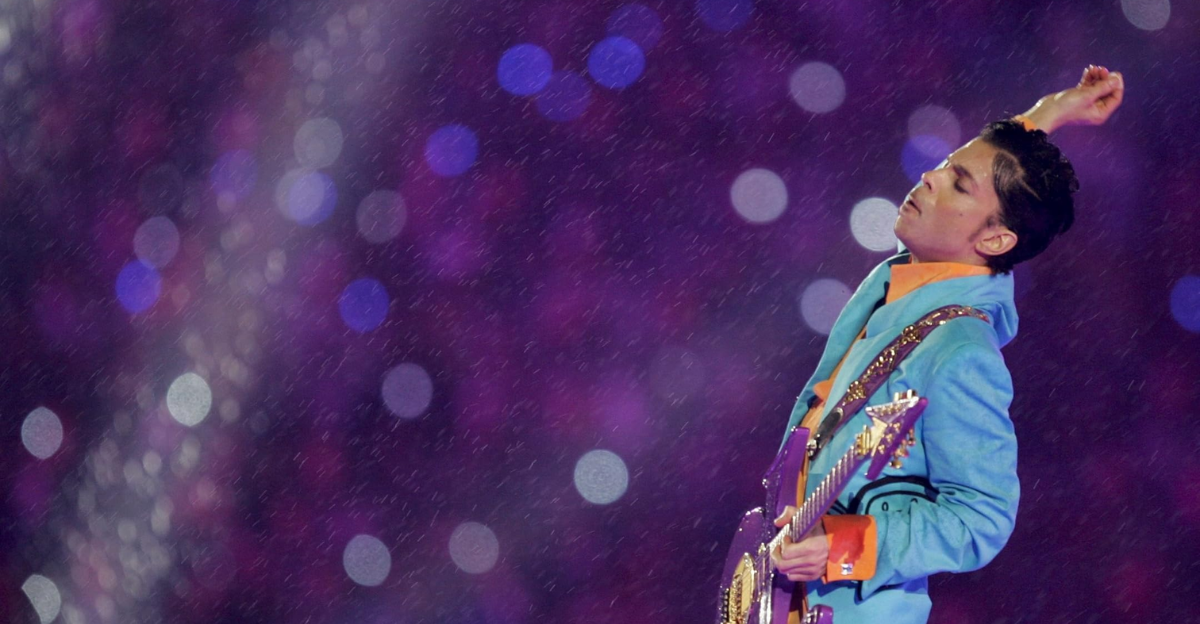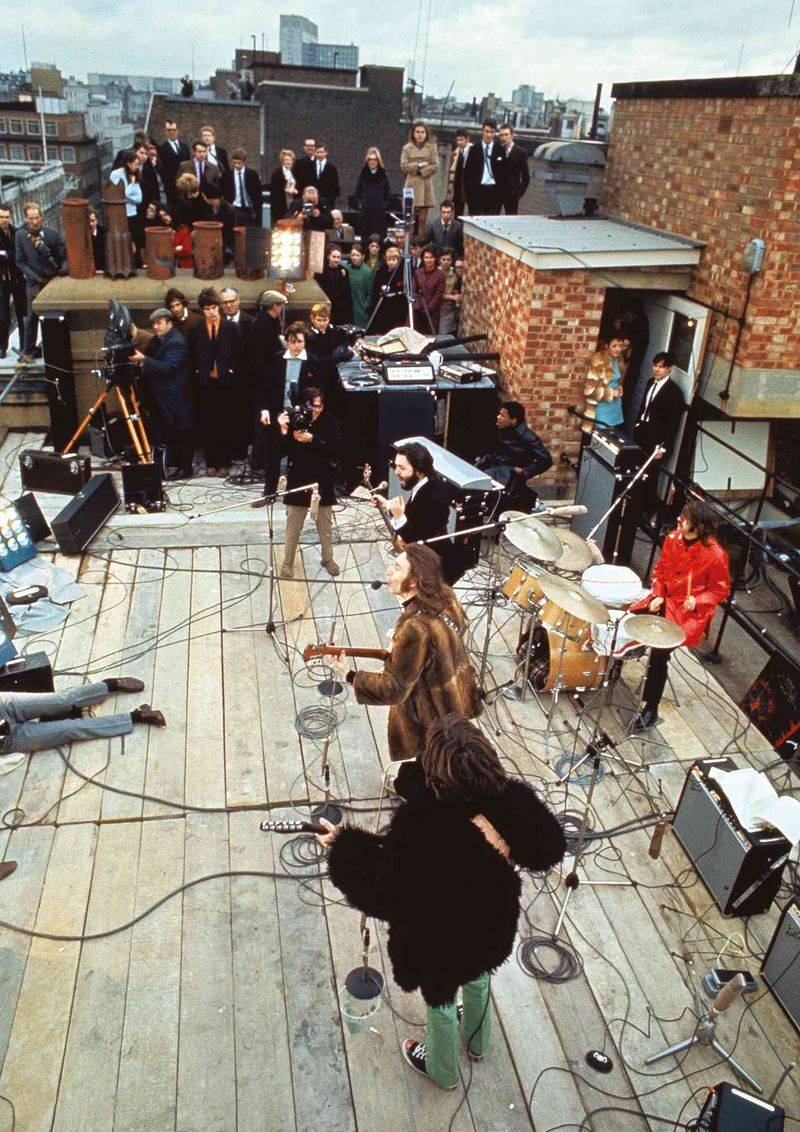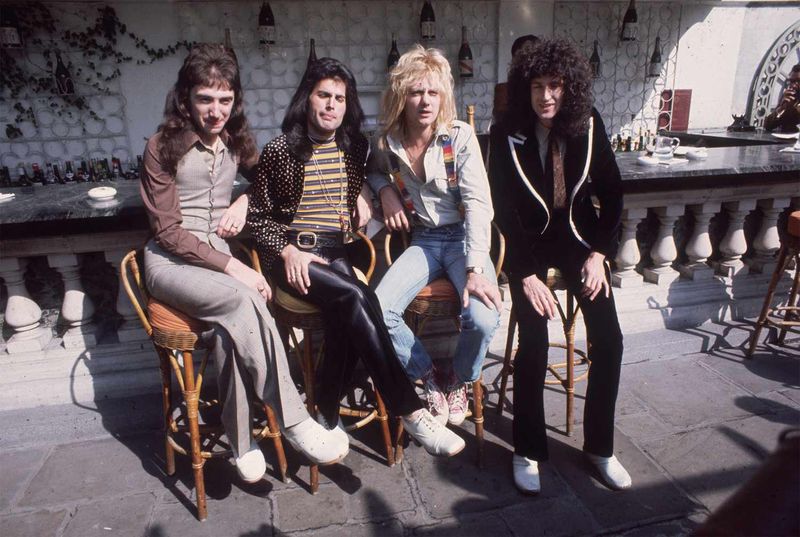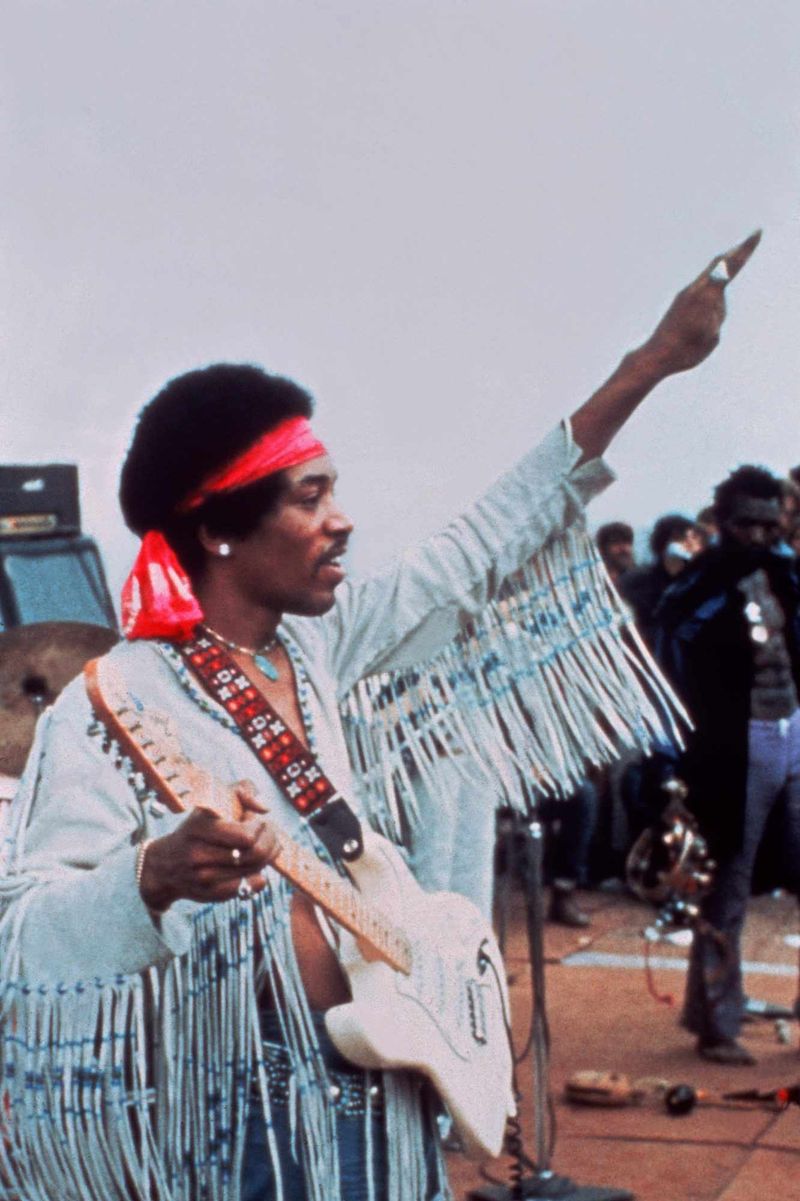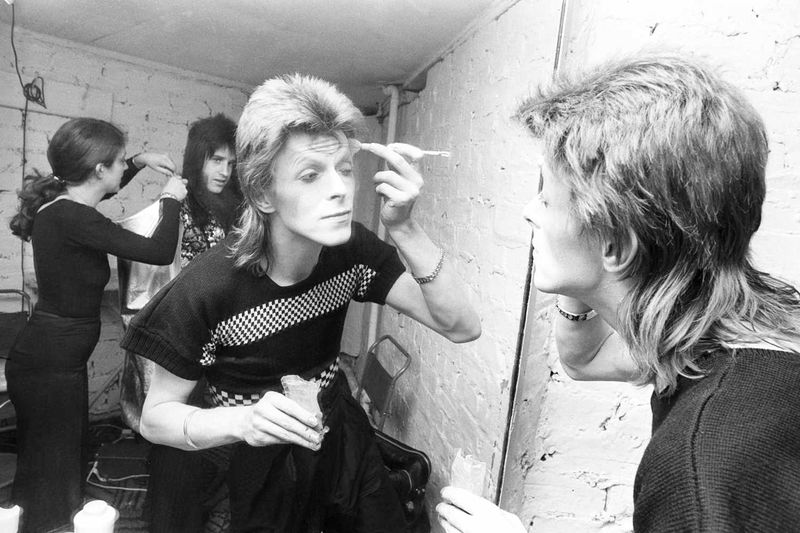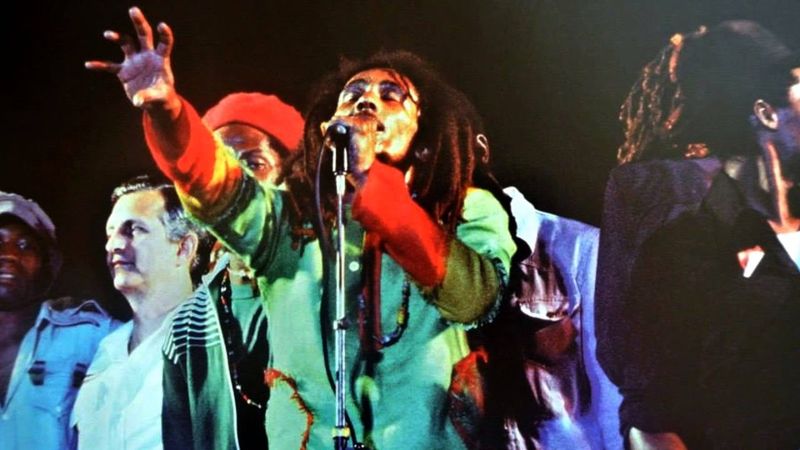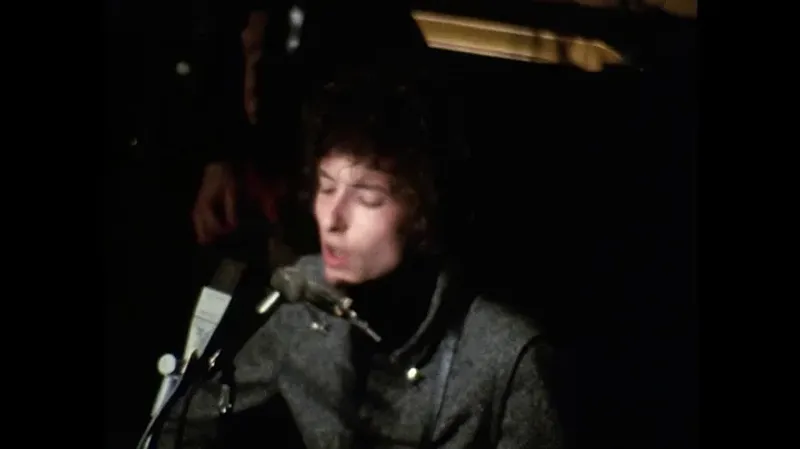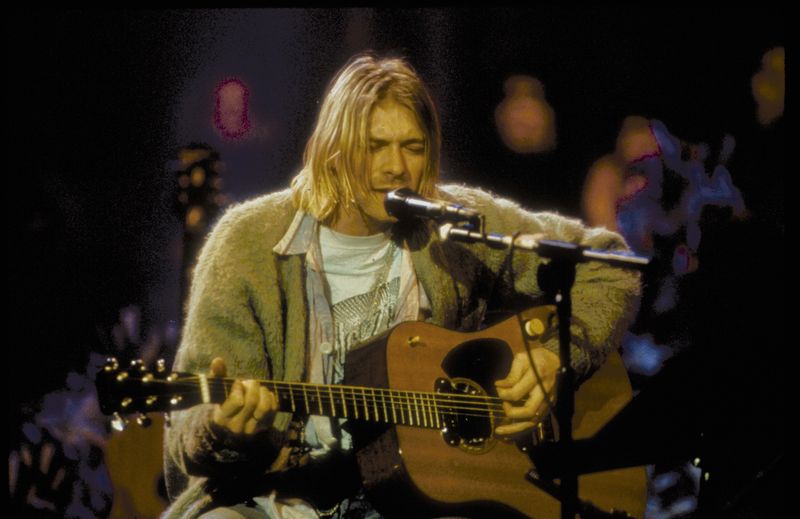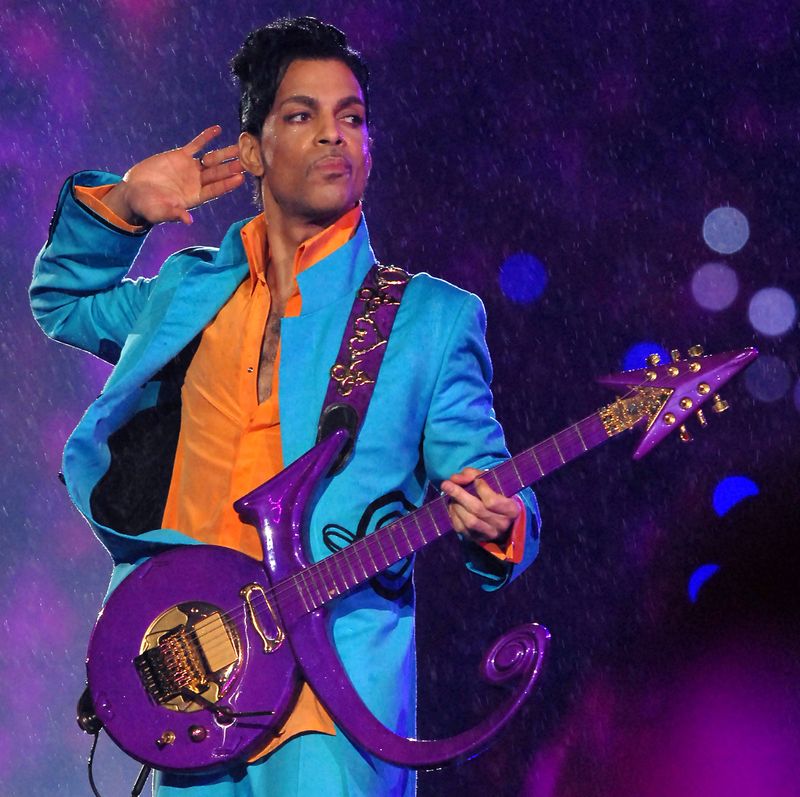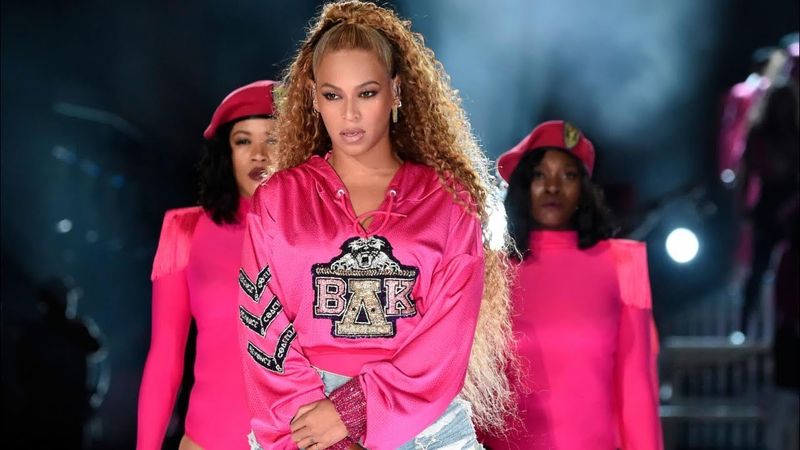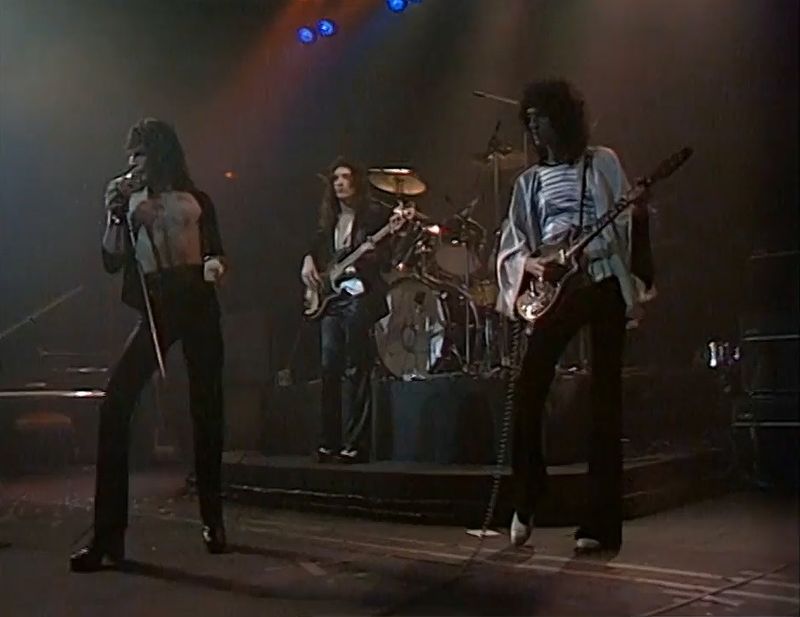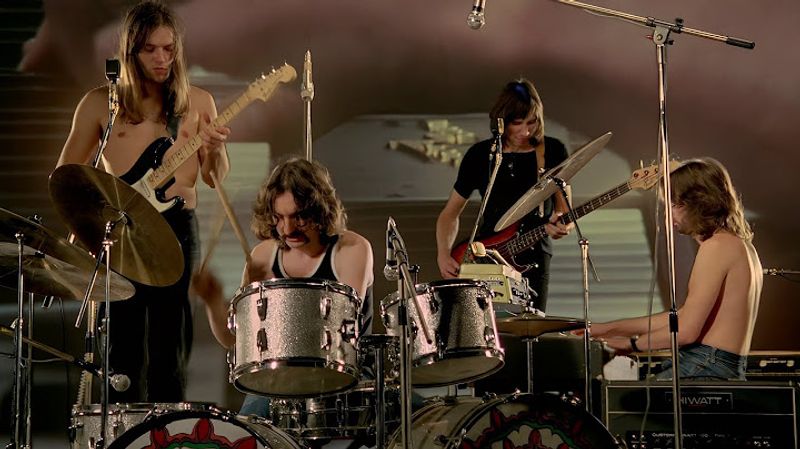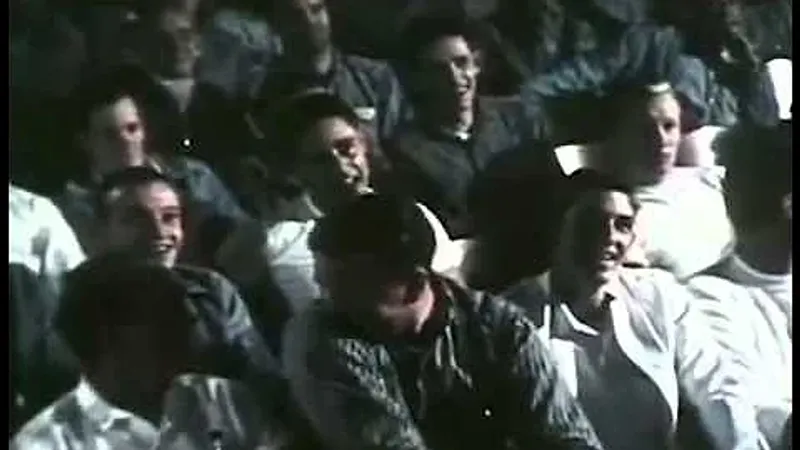Some concerts happen once and then vanish into memory, but a rare few burn so brightly they become part of music history forever. These performances weren’t just shows—they were moments that changed how we think about live music. Whether it was a rooftop surprise, a stadium spectacle, or a prison gig, each one left audiences speechless and inspired generations of artists to come.
1. The Beatles – Rooftop Concert (1969)
On a chilly January afternoon, The Beatles climbed onto the roof of their Apple Corps building and played their final public performance together. Traffic stopped below as confused Londoners looked up, wondering where the music was coming from. Police eventually shut it down, but not before the band delivered raw, unforgettable versions of songs like “Get Back” and “Don’t Let Me Down.”
This wasn’t a stadium packed with screaming fans—it was spontaneous, unpolished, and real. The performance captured the band at a crossroads, just months before they’d break up forever. Decades later, that rooftop gig remains a symbol of rock and roll rebellion and creative freedom, proving that sometimes the best concerts are the ones nobody planned.
2. Queen – Live Aid (1985)
When Queen took the stage at Wembley Stadium for just 20 minutes, nobody expected what would happen next. Freddie Mercury strutted out in a white tank top and jeans, and within seconds, he had 72,000 people—and nearly 2 billion TV viewers worldwide—completely under his spell. Every note, every gesture, every “ay-oh” call-and-response felt electric.
Critics who had written Queen off as past their prime suddenly remembered why they mattered. The band ripped through hit after hit with precision and passion, delivering what many still call the greatest live rock performance ever. That brief set didn’t just revive Queen’s career—it set the gold standard for what a live performance should be.
3. Jimi Hendrix – Star-Spangled Banner at Woodstock (1969)
As the sun rose over a muddy field on the final morning of Woodstock, most festival-goers had already left. Jimi Hendrix stepped onto the stage and launched into a version of the national anthem that nobody had ever heard before. His guitar screamed, wailed, and mimicked the sounds of war—bombs dropping, sirens blaring, chaos erupting.
It wasn’t just a song anymore; it became a powerful protest statement about Vietnam and America’s struggles. Some people were offended, but many more were moved by its raw honesty and emotion. That performance turned Hendrix from a guitar hero into a cultural icon, proving music could say what words alone couldn’t express.
4. David Bowie – Farewell to Ziggy Stardust (1973)
At London’s Hammersmith Odeon, David Bowie shocked everyone when he announced mid-concert that this would be the last show ever—but he didn’t clarify he meant for his character, Ziggy Stardust. Fans and even his own band members thought Bowie was quitting music entirely. Tears flowed as the glam rock alien delivered a heartbreaking, theatrical finale.
Ziggy had become bigger than Bowie himself, a persona that changed rock fashion and challenged gender norms. Killing off the character at the height of his fame was bold, risky, and completely unforgettable. That night proved Bowie was an artist willing to destroy his own creation to evolve, setting him apart from every other rock star of his era.
5. Bob Marley – One Love Peace Concert (1978)
Jamaica was torn apart by political violence when Bob Marley returned from exile to perform at a peace concert in Kingston. Sixteen months earlier, gunmen had tried to assassinate him in his own home. Yet there he stood, urging unity and love through his music, refusing to let fear silence him.
The most powerful moment came when Marley brought rival political leaders Michael Manley and Edward Seaga onstage, joining their hands above his head. The crowd went wild. For one magical night, music proved stronger than hatred and division. Marley’s courage and message of peace resonated far beyond Jamaica, cementing his status as a global symbol of hope and resistance.
6. Bob Dylan – Judas Concert (1966)
Folk purists felt betrayed when Bob Dylan plugged in an electric guitar and ditched his acoustic roots. At Manchester’s Free Trade Hall, the tension exploded when an angry fan shouted “Judas!” into the stunned silence between songs. Dylan paused, leaned into the microphone, and shot back, “I don’t believe you. You’re a liar.” Then he told his band to play loud.
What followed was a blistering, defiant version of “Like a Rolling Stone” that shook the building. Dylan wasn’t interested in staying the same person forever just to please his fans. That confrontational moment marked rock music’s evolution from simple folk songs to something bigger, bolder, and impossible to ignore.
7. Nirvana – MTV Unplugged in New York (1993)
Grunge kings Nirvana seemed like the last band that would strip down to acoustic instruments and candles, but that’s exactly what made their MTV Unplugged performance so haunting. Kurt Cobain’s voice cracked with vulnerability as the band played deep cuts, covers, and reimagined hits without their usual wall of distortion. The atmosphere felt somber, almost like a goodbye.
Just five months later, Cobain was gone, and this intimate performance became his final full concert recording. Fans revisit it not just for the music, but for the raw emotion and honesty Cobain poured into every song. It proved that loud guitars weren’t what made Nirvana special—it was always the pain and beauty underneath.
8. Prince – Super Bowl XLI Halftime Show (2007)
When organizers worried about the pouring rain ruining the Super Bowl halftime show, Prince reportedly asked, “Can you make it rain harder?” He took the stage in a downpour and delivered 12 minutes of pure magic, shredding his guitar while rain poured down his face. The weather only made everything more dramatic and unforgettable.
His silhouette behind a backlit sheet during “Purple Rain” became one of the most iconic images in halftime show history. Prince proved he was a once-in-a-generation talent who could command any stage, any audience, under any conditions. No pyrotechnics or guest stars needed—just raw talent, confidence, and a little rain to make it perfect.
9. Beyoncé – Coachella Beychella (2018)
Beyoncé became the first Black woman to headline Coachella, and she made sure nobody would ever forget it. She brought over 200 performers onstage—dancers, a marching band, a full orchestra, and even a Destiny’s Child reunion. The two-hour spectacle celebrated Black culture, historically Black colleges, and female empowerment with precision choreography and powerhouse vocals.
Fans immediately dubbed it “Beychella,” and it became the festival’s most-talked-about performance ever. Beyoncé didn’t just perform—she created a cultural moment that sparked conversations about representation, excellence, and what it means to honor your roots. The show was later turned into a Netflix documentary because one viewing simply wasn’t enough.
10. Freddie Mercury Tribute Concert (1992)
Five months after Freddie Mercury died from AIDS complications, 72,000 fans packed Wembley Stadium to celebrate his life and raise awareness about the disease. Rock royalty like David Bowie, Elton John, George Michael, and Guns N’ Roses took turns performing Queen classics, each bringing their own style to Freddie’s irreplaceable songs.
The remaining Queen members backed nearly every performer, creating magical collaborations that would never happen again. When George Michael nailed “Somebody to Love,” and Annie Lennox and Bowie dueted on “Under Pressure,” audiences witnessed history. The concert raised millions for AIDS research and reminded the world that Freddie’s music—and his legacy—would live forever through the artists he inspired.
11. Pink Floyd – Live at Pompeii (1971/72)
Pink Floyd did something no band had done before—they performed a full concert in the ancient Roman amphitheater at Pompeii with zero audience members present. Just the band, their equipment, and 2,000-year-old ruins buried by a volcano. The eerie, empty setting perfectly matched their experimental, spacey sound as they played songs like “Echoes” and “One of These Days.”
Cameras captured every moment for a concert film that became legendary among psychedelic rock fans. Without screaming crowds or distractions, viewers could focus entirely on the music and the haunting atmosphere. The performance felt timeless, almost otherworldly, proving that Pink Floyd’s music didn’t need an audience to be powerful—it just needed space to breathe.
12. Johnny Cash – Folsom Prison Concert (1968)
Johnny Cash walked into California’s Folsom Prison and performed for an audience of hardened criminals who understood his outlaw image better than any stadium crowd ever could. The inmates roared with approval when he sang “Folsom Prison Blues,” a song about shooting a man just to watch him die. Cash fed off their energy, delivering one of the grittiest, most authentic performances of his career.
The live album recorded that day revived Cash’s fading career and became one of the best-selling live albums ever. It showed that music could reach anyone, anywhere, even behind bars. Cash’s empathy for the forgotten and the outcasts made him a legend beyond country music.
